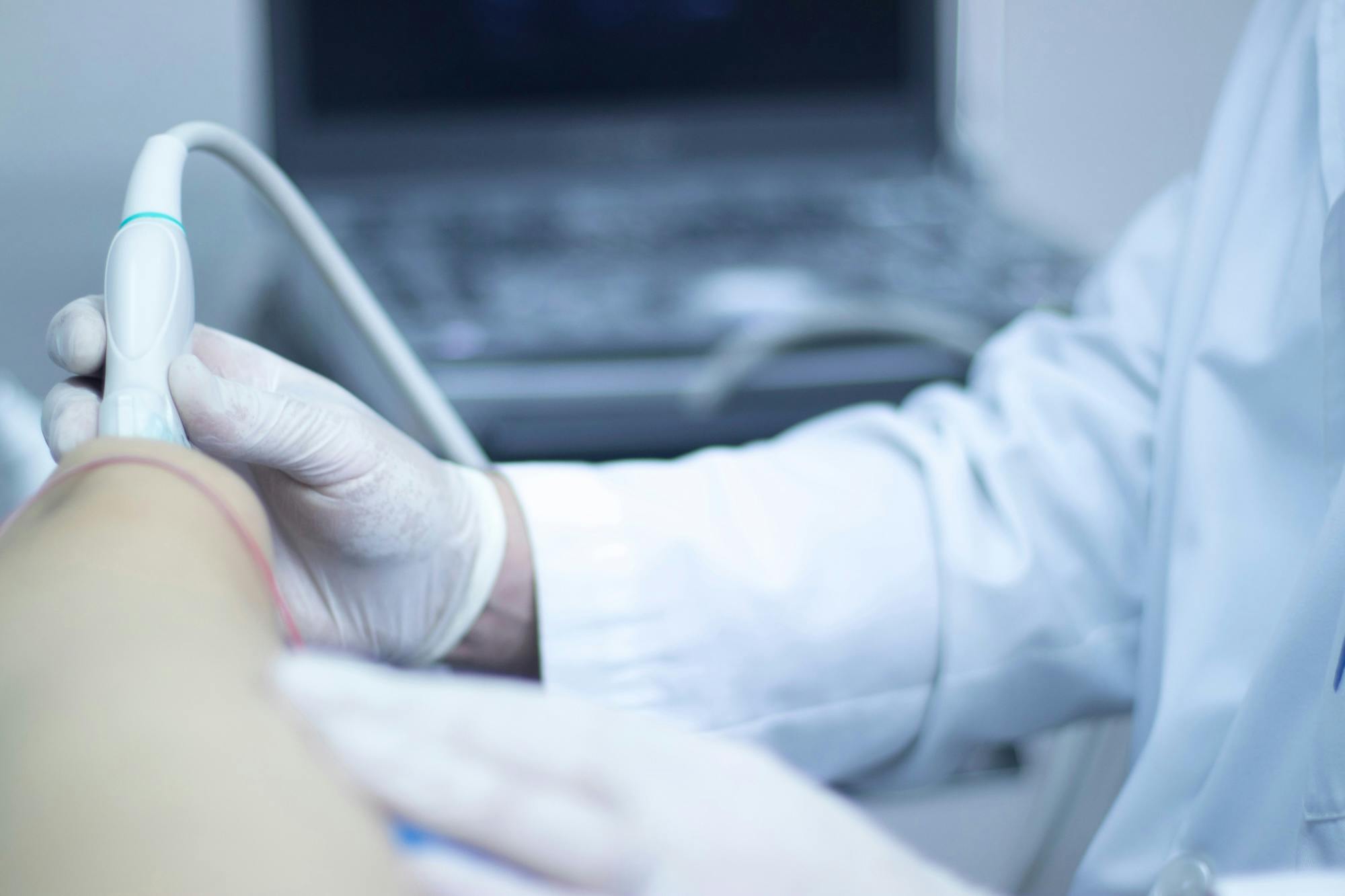- Blog
Mini Open Carpal Tunnel Release Surgery
Posted on 10-29-2025 in Carpal Tunnel Release & In Office Procedures by Dr. Steven Kronlage, Dr. Alex Coleman, Dr. James Piorkowski

Posted on 10-29-2025 in Carpal Tunnel Release & In Office Procedures by Dr. Steven Kronlage, Dr. Alex Coleman, Dr. James Piorkowski
Office-based surgery of the hand and upper extremities offers patients innovative treatment options that maintain the highest safety standards with no increase in complications, infections or adverse outcomes. One of the most common in-office procedures we perform is the Mini-Open Carpal Tunnel Release, which is found to be a safe, minimally invasive option to treat
What is Carpal Tunnel Syndrome?
Carpal Tunnel Syndrome is a compressive neuropathy characterized by a progressive injury to the median nerve caused by increased pressure at the carpal tunnel, which is formed at the wrist by the transverse carpal ligament on the palm side and the carpal bones on the wrist side. When the median nerve is compressed, the outer covering of the nerve (myelin sheath) can be injured due to a lack of blood flow, reducing the nerve’s ability to conduct signals.
Median nerve compression will first affect the tiny nerve fibers that conduct light touch and temperature. As the condition and compression persist, the larger fibers that conduct signals to sensory organs and muscles can be affected. Patients typically experience numbness and tingling in the thumb, index, long and half of the ring finger, especially at night and very often first thing in the morning. Some patients also complain of weakness and loss of dexterity, and begin noticing that they repeatedly drop objects out of their grasp. While Carpal Tunnel Syndrome can be painful, some never experience pain aside from the discomfort caused by numbness and tingling in the digits.
In-Office Mini-Open Carpal Tunnel Release Procedure
If left untreated, Carpal Tunnel Syndrome will result in increased damage to the nerve until it no longer functions. The Mini-Open Carpal Tunnel Release procedure is a minimally invasive option performed in the office, reducing the amount of scarring and promoting a quicker recovery.
First, patients are given local anesthesia, which blocks the sensation of pain in the nerves, like a dental procedure. Since general anesthesia is not used, minimal pre-operative testing and no pre-operative fasting are required, which is, overall, less time-consuming. After the local anesthesia is administered, a small incision is made at the base of the palm in the natural crease to hide the scar more effectively. The transverse carpal ligament is freed from its underlying tissue, and then it is sectioned with a scalpel, thus widening the carpal tunnel and releasing pressure on the median nerve. The skin incision is closed with sutures, and a small sterile dressing is applied. After surgery, most patients can return to desk/clerical work for one to two days. However, those working in heavy manual labor fields may require up to a month before returning to work.
To learn more about Carpal Tunnel Syndrome and this treatment option, watch our In-Office Carpal Tunnel Procedures Video or read our Clinic Carpal Tunnel Release Surgery Outcomes and High-Value Care journal article. If you or a loved one is experiencing symptoms related to Carpal Tunnel Syndrome, complete our Online Appointment Request Form or call 850-807-4200 to schedule your visit with one of our fellowship-trained hand surgeons, Dr. Steven Kronlage, Dr. Alex Coleman or Dr. James Piorkowski.

We see our share of broken bones as an orthopaedic and sports medicine practice. From the high school baseball player who collided with first base a little too hard to the avid DIY’er who took a tumble from an unsecured ladder and everything in between, we’ve seen it all. As we age, we also gradually lose bone mass, which occurs as small amounts of healthy bone are absorbed into your body as small amounts are replaced. When more bone is absorbed than is replaced, the density (bone mass) is reduced. Osteoporosis develops when the bone is no longer replaced as quickly as it is removed, and over time, it causes the bone to become progressively weaker, increasing the risk that it may break.

October is Medical Ultrasound Awareness Month, a time to highlight how this technology is reshaping sports medicine. At North Florida Bone & Joint Specialists, musculoskeletal ultrasound plays a vital role in the timely diagnosis and treatment of sports-related injuries, helping patients receive precise, efficient care without delay.

February is American Heart Month—a time to raise awareness about cardiovascular health and its far-reaching effects. While most people recognize the importance of heart health for longevity and disease prevention, fewer realize its critical role in musculoskeletal well-being. At North Florida Bone & Joint Specialists, we emphasize a comprehensive approach to orthopaedic care, recognizing that a strong heart supports strong bones and joints.